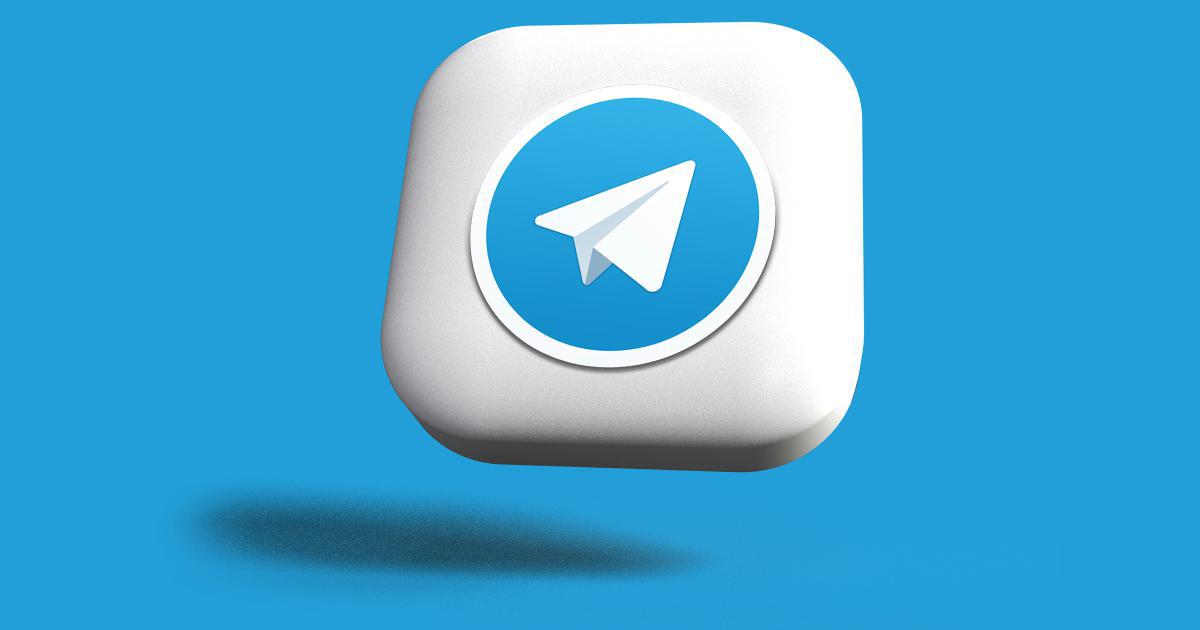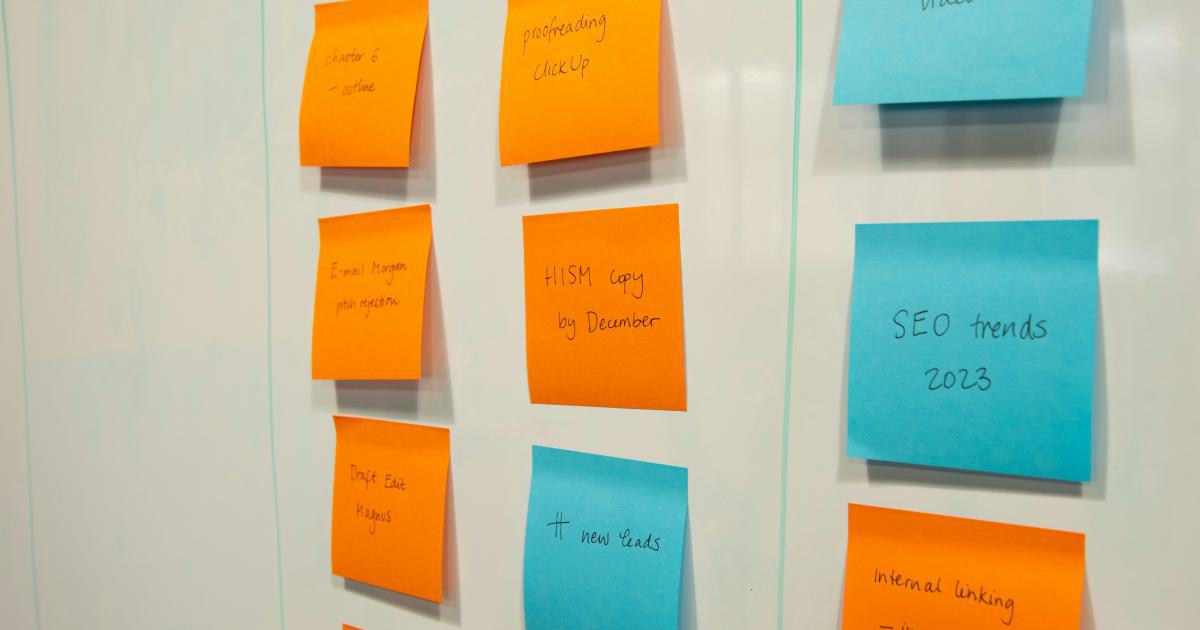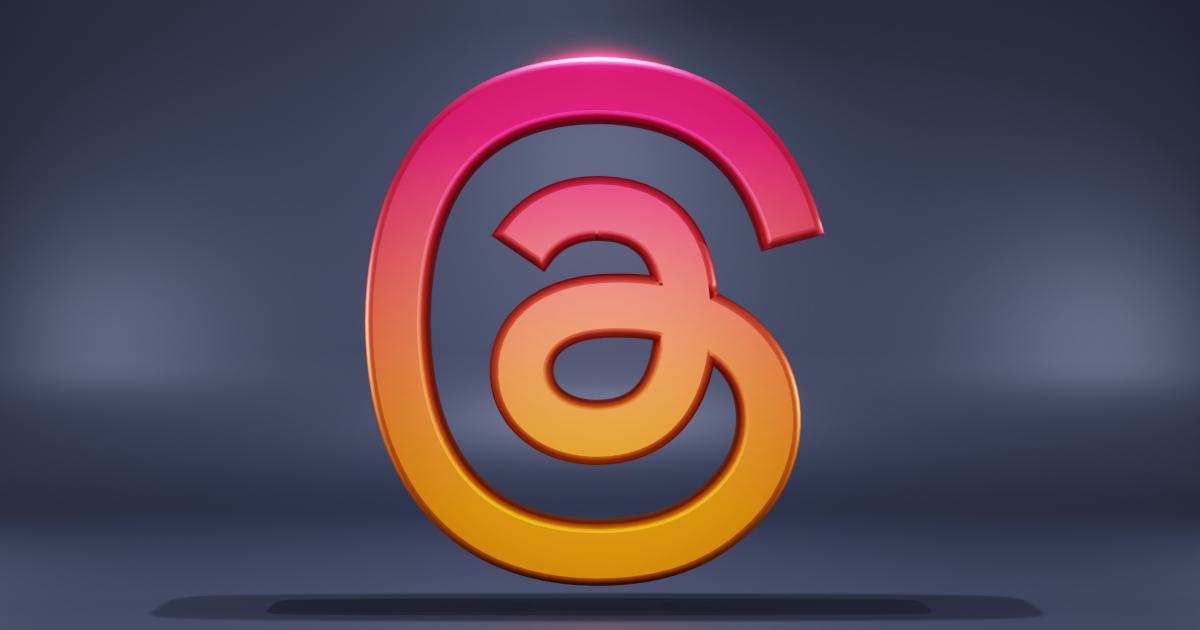Building a Successful Email Marketing Funnel


Understanding the Importance of Email Marketing
In the ever-evolving digital landscape, email marketing remains a powerful and cost-effective tool for businesses to connect with their audience, nurture leads, and drive conversions. A well-designed email marketing funnel can be the backbone of a successful marketing strategy, helping organizations to build lasting relationships with their customers and achieve their desired business goals.

The Benefits of a Robust Email Marketing Funnel
Targeted Outreach: Email marketing allows you to segment your audience and deliver personalized, relevant content to each subscriber, ensuring a higher engagement rate and better return on investment (ROI).
Measurable Results: Email campaigns provide detailed analytics and insights, enabling you to track the performance of your efforts and make data-driven decisions to optimize your strategy.
Cost-Effectiveness: Compared to other marketing channels, email marketing is a relatively low-cost solution that can yield impressive results, making it an attractive option for businesses of all sizes.
Increased Customer Loyalty: A well-executed email marketing funnel can help you nurture and retain your existing customers, fostering a sense of loyalty and increasing the likelihood of repeat business.
Improved Brand Awareness: Consistent and valuable email communication can significantly contribute to building brand recognition and positioning your organization as an industry leader.
Understanding the Email Marketing Funnel
The email marketing funnel is a visual representation of the customer journey, guiding prospects from initial awareness to eventual conversion and beyond. It typically consists of the following stages:
Awareness: This is where potential customers first become aware of your brand and product or service offerings.
Interest: At this stage, the audience has expressed interest in your brand and is eager to learn more.
Consideration: Prospective customers are now actively evaluating your offerings and deciding whether they align with their needs.
Conversion: The ultimate goal of the funnel, where the audience takes the desired action, such as making a purchase or signing up for a service.
Loyalty: This stage focuses on nurturing existing customers, encouraging repeat business and generating positive word-of-mouth.
Crafting an Effective Email Marketing Funnel
Building a successful email marketing funnel requires a strategic and methodical approach. Let's dive into the key steps to create a highly effective funnel.
Step 1: Establish Your Goals and Objectives
The first step in creating a successful email marketing funnel is to clearly define your goals and objectives. Ask yourself:
- What are the specific outcomes you want to achieve?
- How will you measure the success of your email marketing efforts?
- What are the key performance indicators (KPIs) you will track?
Your goals might include increasing brand awareness, generating more leads, boosting customer engagement, or driving sales. By clearly defining your objectives, you can align your email marketing strategy and tactics to achieve the desired results.

Step 2: Segment Your Audience
One of the most critical aspects of a successful email marketing funnel is audience segmentation. By dividing your subscriber base into smaller, more targeted groups, you can ensure that your content and messaging resonate with each individual's unique needs and interests.
Some common segmentation criteria include:
- Demographic information (age, gender, location, etc.)
- Behavioral data (engagement with previous emails, purchase history, content preferences, etc.)
- Psychographic factors (interests, values, lifestyle, etc.)
Effective segmentation allows you to craft personalized email campaigns that are more likely to convert.

Step 3: Create Captivating Lead Magnets
Lead magnets are valuable, free resources that you offer in exchange for a user's email address. These can take the form of e-books, webinars, exclusive content, or any other content that your target audience finds genuinely useful.
Crafting irresistible lead magnets is crucial for building your email list and attracting high-quality leads. Consider the pain points and challenges of your target audience, and develop lead magnets that provide real solutions or insights.

Step 4: Develop a Compelling Welcome Series
The welcome series is the first touchpoint in your email marketing funnel, and it plays a crucial role in setting the tone for your relationship with new subscribers. This series should aim to:
Welcome the subscriber and express your gratitude for their sign-up.
Introduce your brand, products, and services in a clear and engaging manner.
Provide value-driven content that helps the subscriber achieve their goals.
Encourage the subscriber to take a specific action, such as visiting your website or making a purchase.
The welcome series should be tailored to the subscriber's interests and stage in the buyer's journey, ensuring a personalized and memorable experience.

Step 5: Nurture Your Leads with Compelling Content
Once the welcome series is complete, the lead nurturing stage begins. This is where you'll continue to provide value to your subscribers through a consistent stream of high-quality, relevant content.
Your nurturing emails should focus on:
- Educating your audience about your products or services
- Addressing common pain points and offering solutions
- Highlighting customer success stories and testimonials
- Providing exclusive offers, discounts, or other incentives
- Encouraging engagement through interactive content, such as surveys or quizzes
Effective lead nurturing helps to build trust, position your brand as an industry authority, and guide your subscribers closer to conversion.

Step 6: Optimize for Conversion
The ultimate goal of your email marketing funnel is to drive conversions, whether that's making a purchase, signing up for a service, or taking any other desired action. To optimize your funnel for conversion, consider the following strategies:
Crafting Compelling Subject Lines: Subject lines are the first impression your subscribers have of your email, so make them attention-grabbing and relevant.
Optimizing Email Content: Ensure your email content is visually appealing, easy to scan, and includes a clear call-to-action (CTA) that encourages the desired action.
Testing and Iterating: Continuously test different elements of your email campaigns, such as subject lines, CTA placement, and email design, to identify the most effective strategies.
Automating Trigger-Based Campaigns: Set up automated email sequences that are triggered by specific user actions, such as abandoned cart reminders or post-purchase follow-ups.
Analyzing and Adjusting: Regularly review your email marketing performance metrics, such as open rates, click-through rates, and conversion rates, and make data-driven adjustments to optimize your funnel.

Step 7: Retain and Reward Your Customers
The email marketing funnel doesn't end at the conversion stage. Maintaining strong relationships with your existing customers is crucial for driving long-term success. Implement strategies to retain and reward your loyal customers, such as:
Personalized Offers and Incentives: Provide exclusive discounts, special offers, or other perks to encourage repeat business and foster a sense of loyalty.
Engaging Loyalty Programs: Create a structured loyalty program that rewards customers for their continued engagement and patronage.
Exceptional Customer Service: Ensure your email communications, as well as any other customer interactions, are consistently helpful, responsive, and empathetic.
Upselling and Cross-Selling: Identify opportunities to recommend complementary products or services that align with your customers' needs and interests.
Referral Programs: Encourage your satisfied customers to refer their friends and family, leveraging the power of word-of-mouth marketing.
By focusing on customer retention and loyalty, you can maximize the lifetime value of your customers and drive sustainable growth for your business.

Best Practices for Building a Successful Email Marketing Funnel
To ensure the long-term success of your email marketing funnel, consider implementing the following best practices:
Maintain List Hygiene: Regularly clean and update your email list to remove inactive or invalid addresses, ensuring your communications reach the right audience.
Prioritize Mobile Optimization: With the majority of emails being opened on mobile devices, it's crucial to optimize your email design and content for seamless viewing on smartphones and tablets.
Leverage Automation: Automate key touchpoints in your funnel, such as welcome series, abandoned cart reminders, and post-purchase follow-ups, to ensure timely and consistent communication.
Analyze and Iterate: Continuously monitor the performance of your email campaigns and make data-driven adjustments to improve their effectiveness over time.
Comply with Regulations: Stay up-to-date with email marketing regulations, such as the CAN-SPAM Act and GDPR, to ensure your practices are compliant and protect your brand's reputation.
Integrate with Other Channels: Seamlessly integrate your email marketing efforts with other digital marketing channels, such as social media and your website, to create a cohesive and cross-channel customer experience.
By following these best practices, you can build a robust and sustainable email marketing funnel that drives measurable results for your business.
Conclusion
In the digital age, a well-crafted email marketing funnel is a powerful tool for businesses of all sizes to connect with their audience, nurture leads, and drive conversions. By understanding the key stages of the funnel, implementing effective strategies, and continually optimizing your efforts, you can unlock the full potential of email marketing and achieve your desired business goals.
Remember, building a successful email marketing funnel is an ongoing process that requires dedication, creativity, and a deep understanding of your target audience. With the right approach, you can transform your email marketing into a strategic asset that fuels your organization's growth and long-term success.